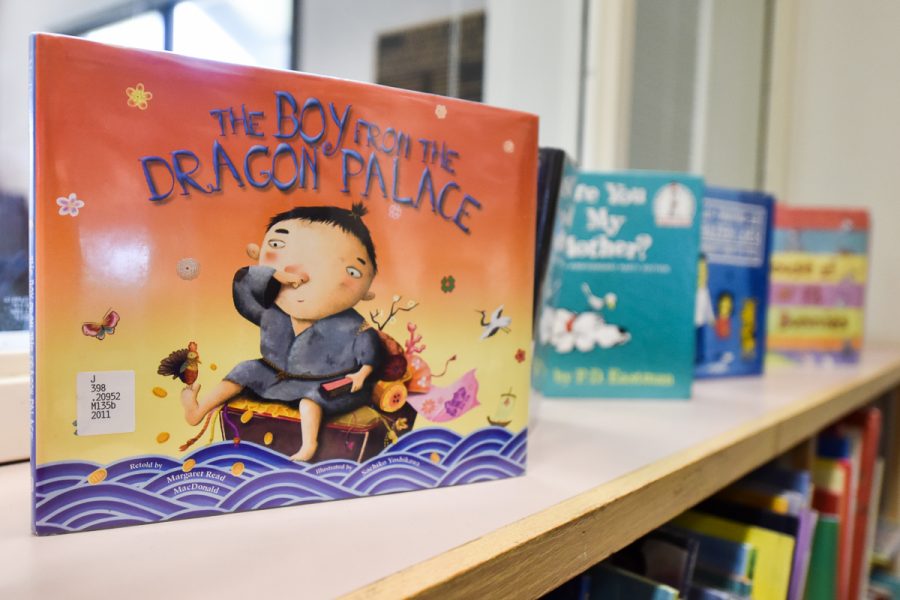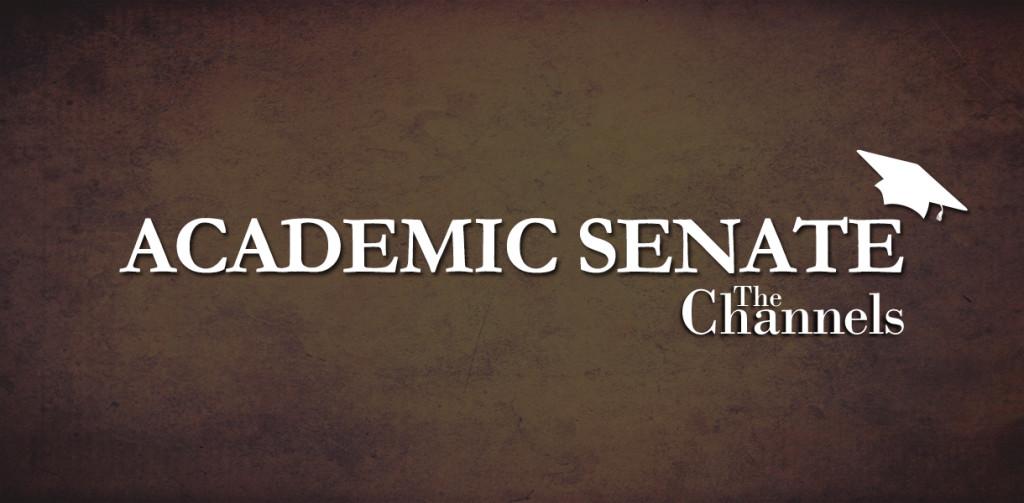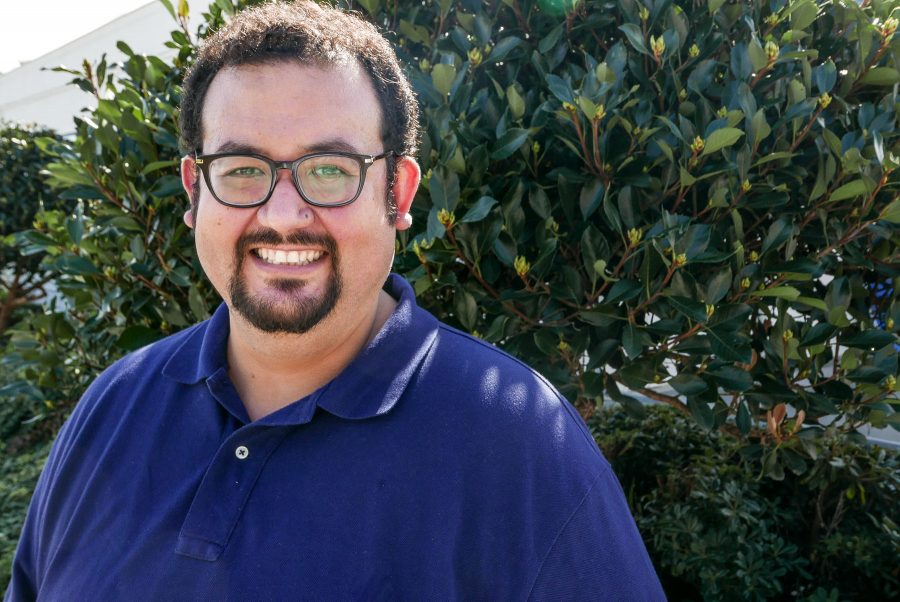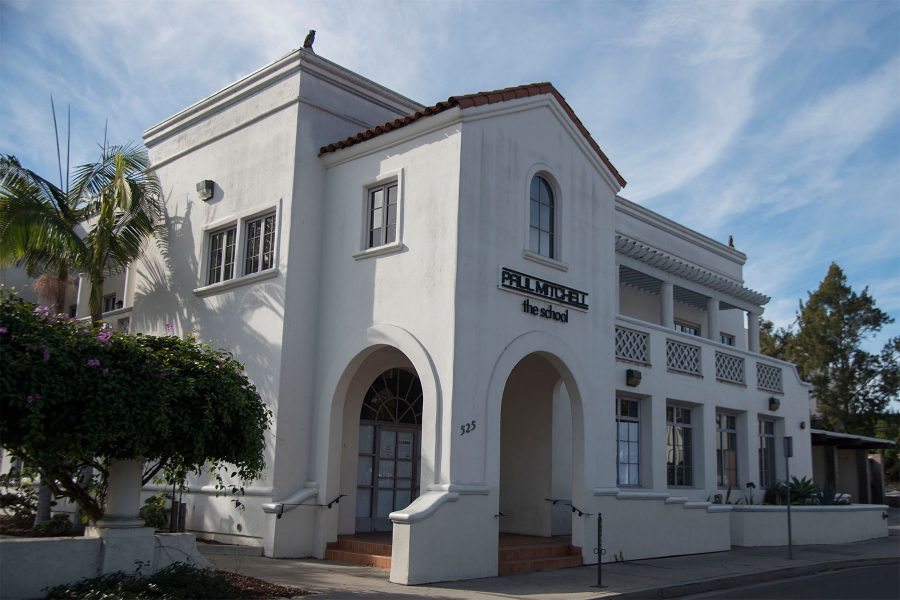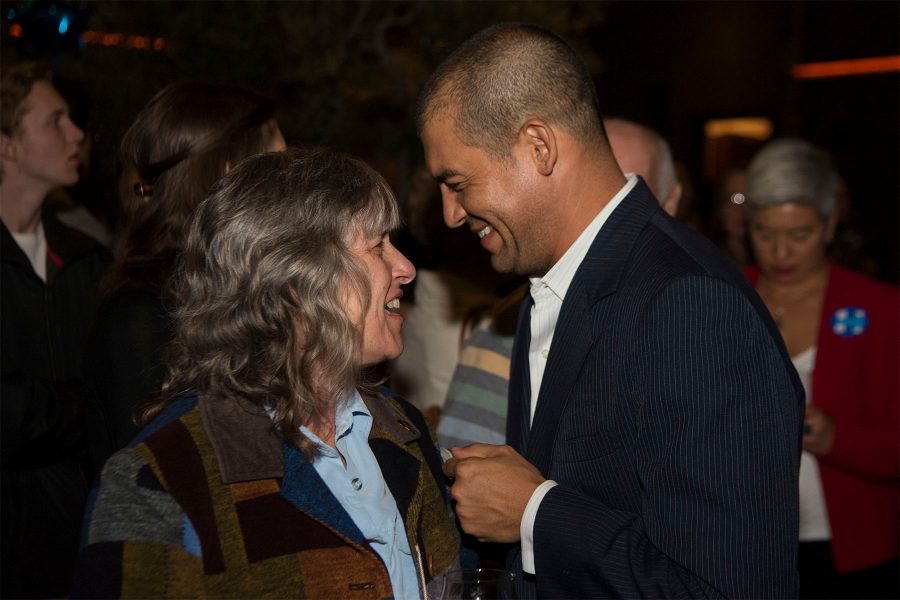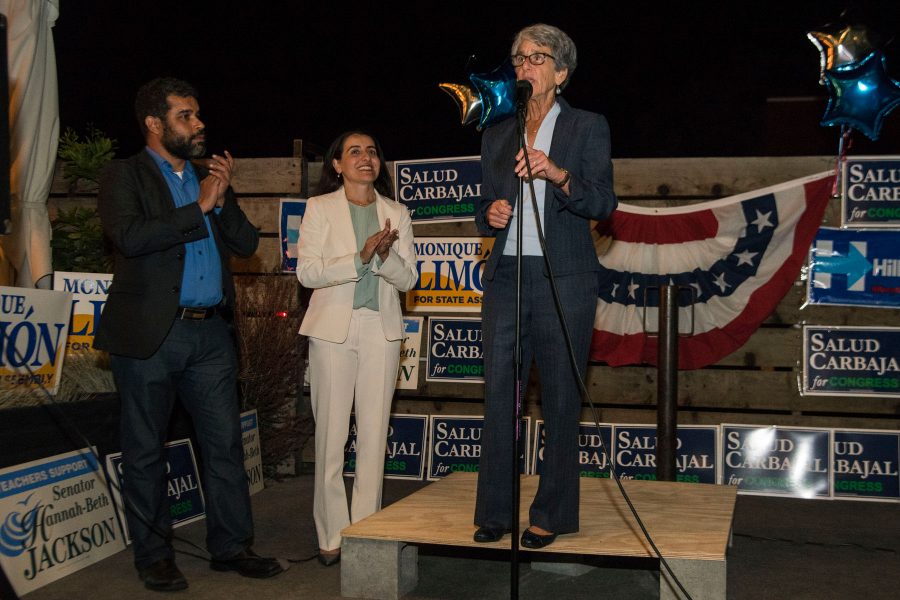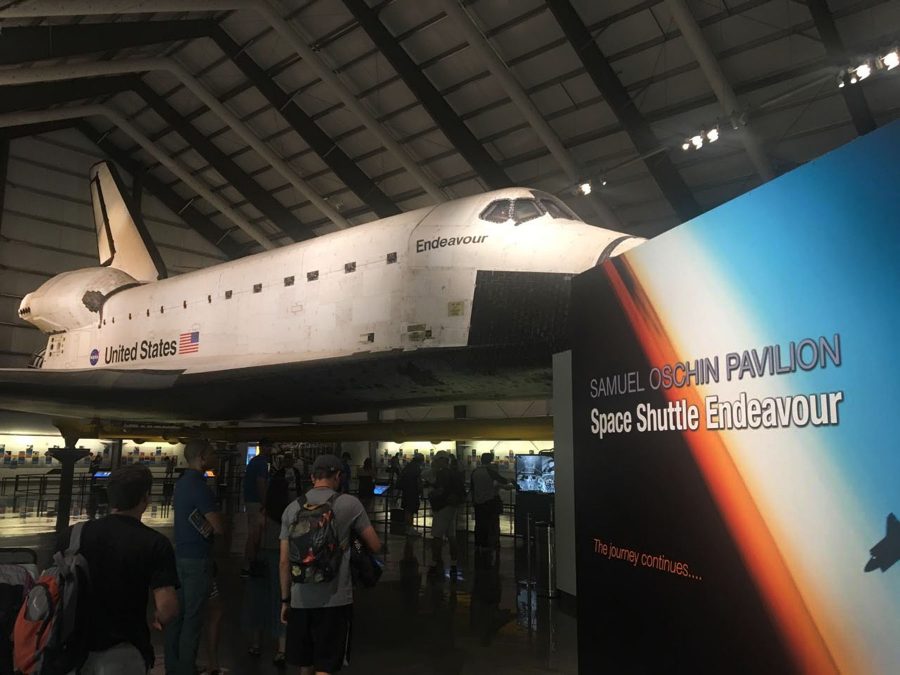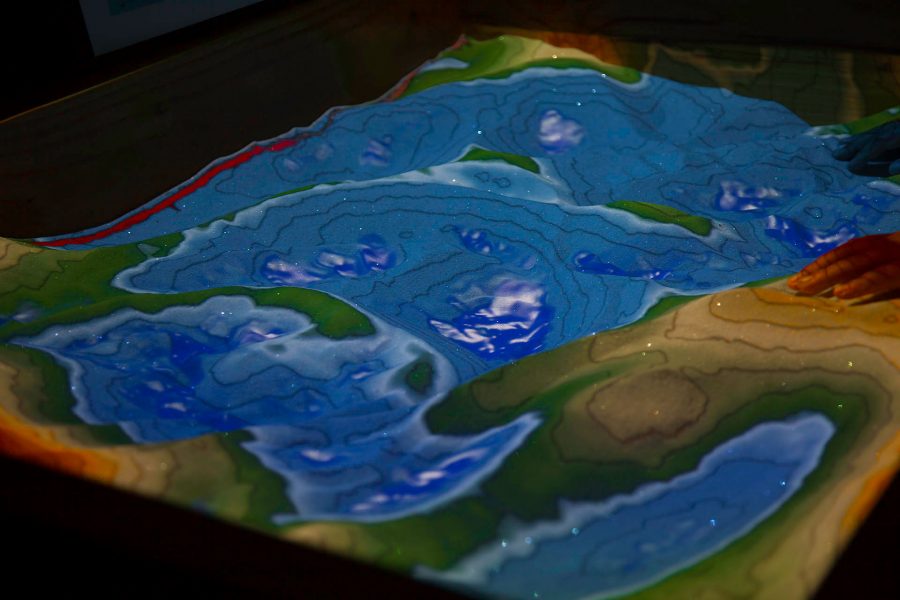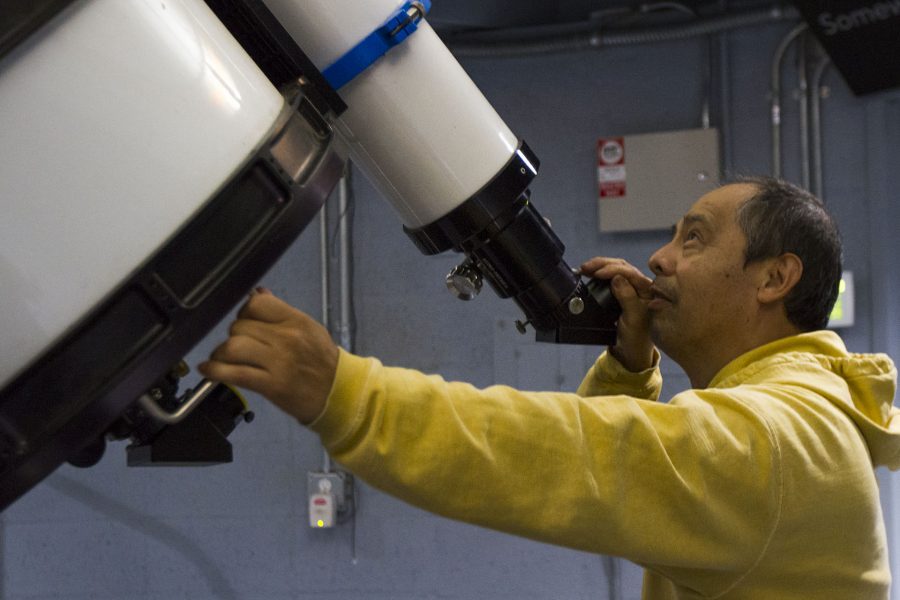A City College student and professor have invented an eco-friendly, cheap, quick machine that turns paper into a flexible electronic screen and fabric to hold solar panel particles.
This will allow consumers to charge their cell phones and iPods with their T-shirts while walking around holding an electronic newspaper that updates on its own.
Professor Armando Arias and student Paul Nolan had a “Eureka!” moment inside of the OE 12 classroom in Fall 2006. The pair conceived the idea for a machine that could quickly and efficiently produce thin film electronics of any variety-from solar panels to TV screens.
That idea has now emerged into a patented machine dubbed Camara Obscura. Although still in the prototype phase, Arias said it has the potential to revolutionize an entire industry. Machine Design magazine published an article about Camara Obscura, saying the design was “putting the thin-film revolution on the fast track.”
The most familiar comparison to a thin film can be made to a household mirror. To make a mirror, a thin film of metal coating is deposited on the back of a piece of glass, making it reflective. The same concept applies to thin film electronics, except the thin film is composed of circuits and electronics, forming extremely thin, but completely functional, layers.
“We see this as a master tool,” Nolan said. “I say that because there is not just one specific application. This is a machine that is capable of producing a wide array of thin film electronics quickly and efficiently.”
According to Machine Design, solar panel particles have already been successfully deposited on cloth used for tents, clothing, and sails. Electronics giant Samsung shows YouTube videos featuring examples of display screens developed using a technology called OLED, and are flexible like a sheet of paper.
Nolan, 60, may not be the average City College student. Even though he uses a wheelchair, he is an avid surfer.
“When I transferred from SBCC to UCSB, I was on the honor roll. Once I got to UCSB, I got put on academic probation,” Nolan said. “I mean, the beach was right there! I just wanted to surf all the time.”
Graduating from UCSB in 1982 with a bachelor’s of science in mechanical engineering, Nolan pursued a career in aerospace technology. He said he decided to come back to City College in 2004 and take some classes to get more familiar with new technology.
“I just wanted to brush up and get my tool set a little more relevant to the times,” Nolan said.
While taking one of his classes, he met City College professor Armando Arias. Originally from Costa Rica, Arias has been teaching fulltime in the Computer-Aided Design program for five years.
“I would like it if more students realized the potential of what our program has to offer,” Arias said. “This industry is progressing at an incredibly rapid rate, and we give students the tools to succeed in that industry.”
Although City College is not a research college like many universities, the simple conversation of ideas between professor and student has led to the invention of a device that may one day affect how the entire world functions. From consumer electronics to the end of dependence on oil, and on to space travel, the future application for thin films is almost limitless.
“I want to stress that none of this would have been possible without City College,” said Arias. “I feel lucky to be teaching on such a beautiful campus and in an environment that encourages students and faculty to freely exchange ideas like this.”
For more information visit the website or view their YouTube video.



